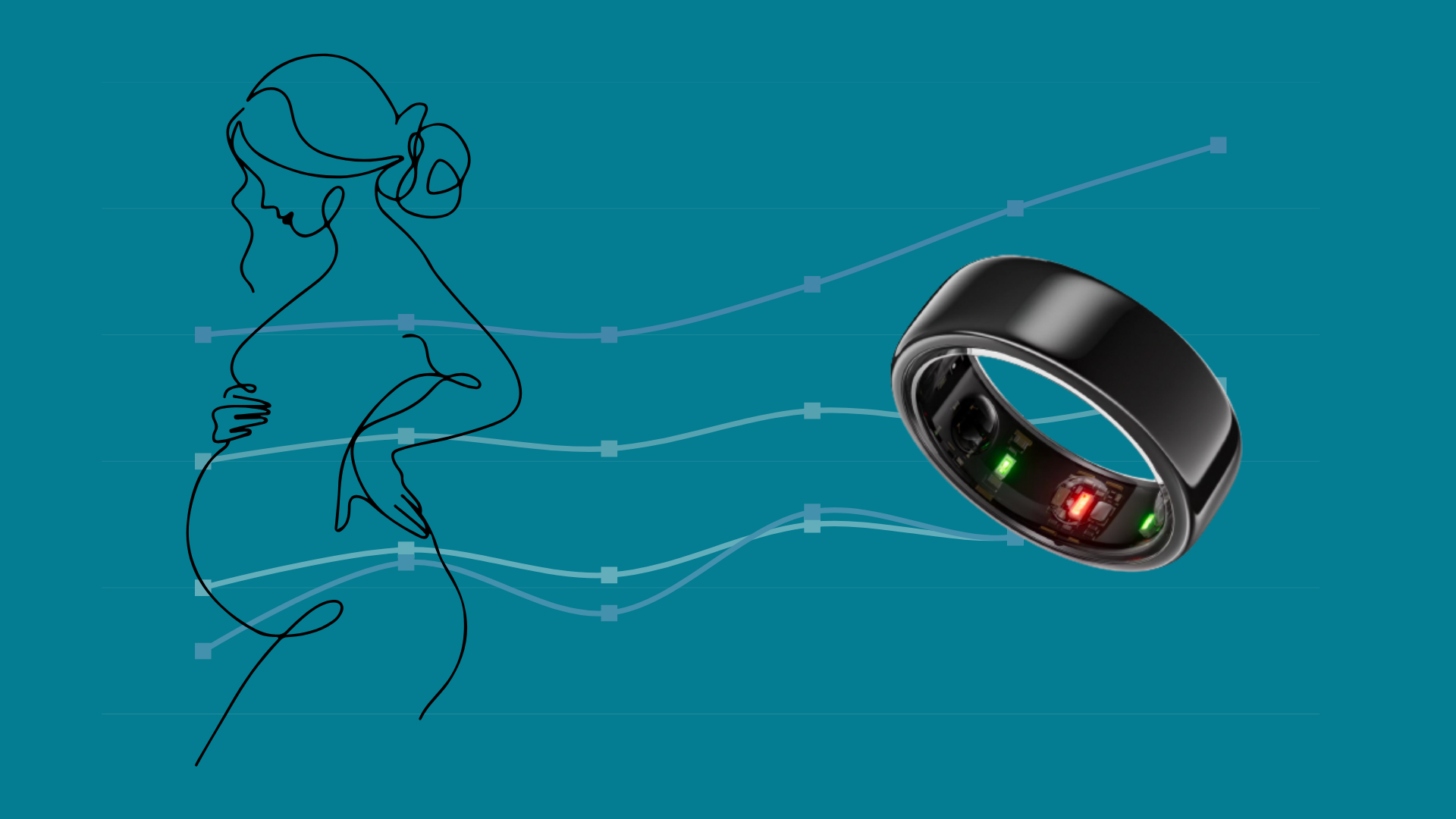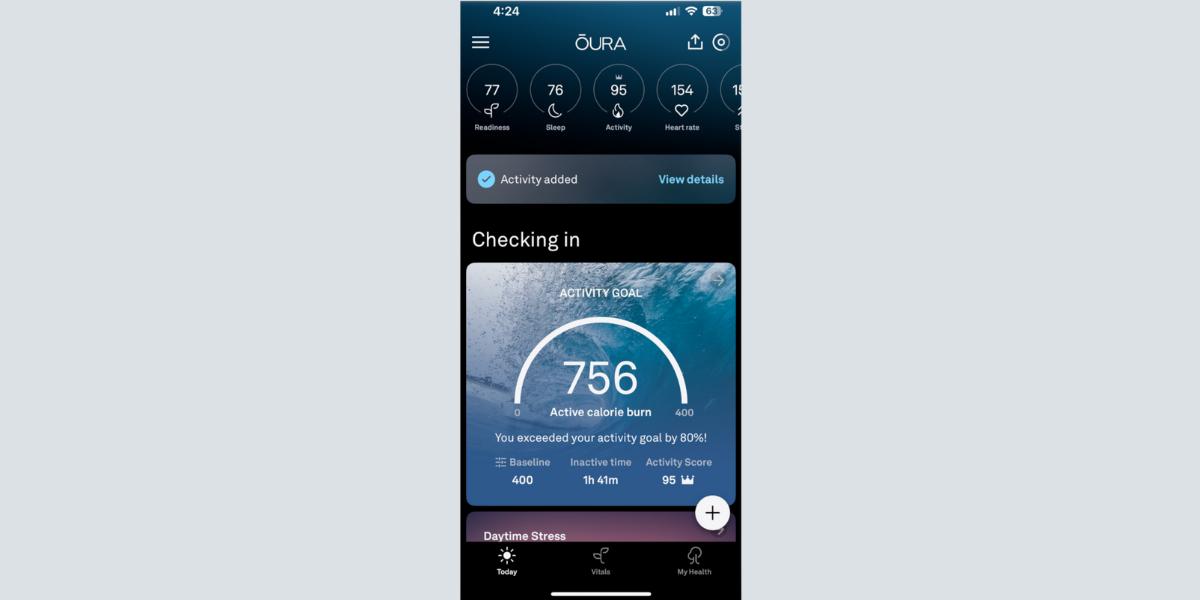
Professor Annie Qu and former student uncover exercises’ most potent stress-busting window.
For pregnant women experiencing emotional stress, physical activity is most effective at reducing the body's physiological stress, according to a new study co-authored by Professor Annie Qu of UC Santa Barbara's Department of Statistics and Applied Probability and her former student Jenifer Rim at the University of California, Irvine, with collaborators.
The key finding, published in the journal PLOS Digital Health, is that the stress-busting power of exercise isn't constant — it's most potent on days when a woman feels overwhelmed and in emotional distress. Using data collected from Oura smart rings, the study found that on high-distress days, every additional 1,000 steps was associated with a 3.5 percent increase in nighttime heart rate variability (HRV). HRV is a key physiological indicator of stress, with higher values reflecting lower physiological stress. This significant benefit was not observed on days with low or moderate stress.
"This suggests that the advice to ‘get some exercise’ can be much more beneficial if it’s timed correctly,” said Annie Qu, the study's corresponding author and a professor in UCSB’s Department of Statistics and Applied Probability. “On a day when a pregnant woman is feeling overwhelmed and in emotional distress, a simple walk could provide a significant physiological benefit.”
Professor Qu, an internationally-recognized expert in machine learning and statistical methods, and her research team leveraged novel analytical techniques to analyze the continuous, real-time data from the wearable technology. The study followed nine pregnant women during their second trimester, integrating objective data like step counts from the Oura smart rings with daily self-reports on emotion and wellbeing captured via a smartphone app. This integration of personalized, real-world data with sophisticated statistical modeling is what allowed the team to uncover the nuanced, timely impact of exercise. The Oura ring data was collected by Dr. Yuqing Guo of UC Irvine.

The study integrated real-time physiological data from Oura smart rings with daily self-reports on emotion captured via a smartphone app.
The findings are poised to advance personalized health interventions via wearable and mobile health platforms. By integrating real-time self-reported or physiological stress indicators, future algorithms could deliver targeted exercise prompts at the optimal time for maximum benefit.
Professor Qu, who joined UCSB in July, is a distinguished scholar whose expertise drives innovative research at the intersection of data science, machine learning and health. She is a fellow of the American Statistical Association, the Institute of Mathematical Statistics and the American Association for the Advancement of Science. She is also the recipient of the 2025 Carver Medal from the Institute of Mathematical Statistics.